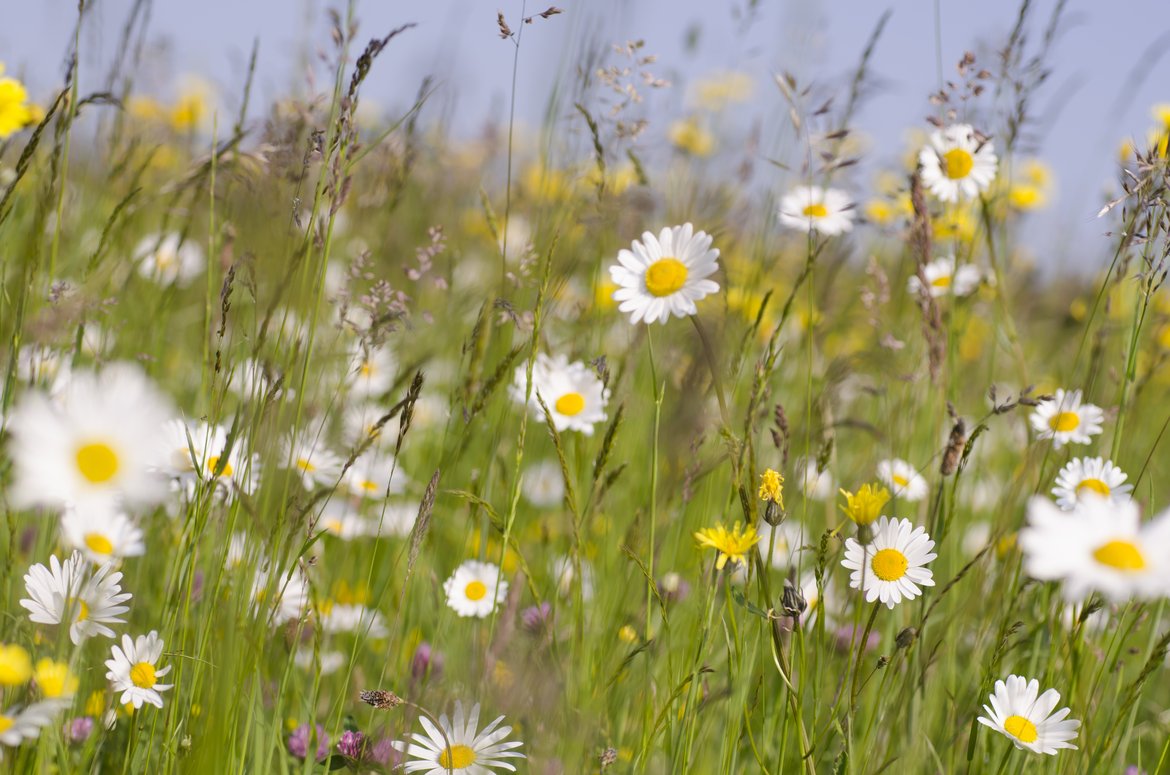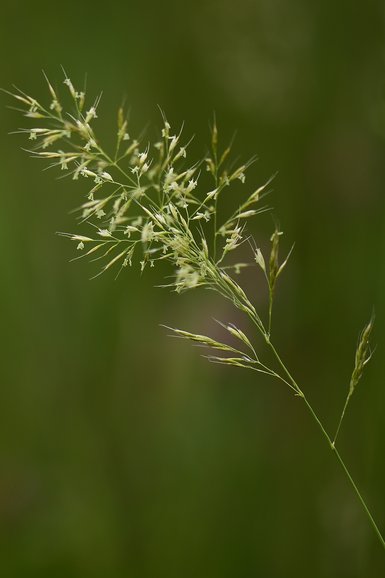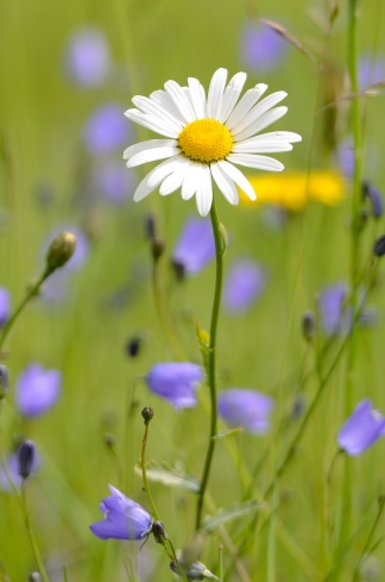Lowland hay meadows (Natura 2000 code - 6510)
Description
In the Ardennes, lowland hay meadows are found on dry to moderately wet soils that are moderately poor in nutrients (mesotrophic). They are generally found at altitudes between 300 and 550 m, on plateaux, slopes and alluvial grounds. These meadows of high biological value are mainly managed by mowing, once or twice a year at most. Although grazing is not ruled out, it often has a negative impact on the plant communities, especially if it is practised every year. Once common in mid-altitude regions of Wallonia, they have been in decline since the 1950s, largely as a result of agricultural intensification (amendments, too high a frequency of mowing, widespread and intensive grazing), urbanisation, conversion to crops or even abandonment of marginal land.
As part of the project
These grasslands are characterised by a high level of plant diversity.
The aim of the LIFE ArdennEislek project is to restore 105 hectares of them: 55 hectares in the Walloon Region, and 50 hectares in the Grand Duchy of Luxembourg.
Some characteristic species
Lowland grasslands are dominated by various grasses, the most common of which are tall oat-grass (Arrhenatherum elatius) and golden oat-grass (Trisetum flavescens). They are accompanied by a varied procession of grasses such as orchard grass (Dactylis glomerata), meadow fescue (Festuca pratensis), smooth meadow grass (Poa pratensis) or timothy grass (Phleum pratense). Many flowering plants add colour to these meadows. These include Alchemilla (Alchemilla spp.), common daisy (Leucanthemum vulgare), rough hawksbeard(Crepis biennis), meadow salsify (Tragopogon pratensis), musk mallow (Malva moschata), bitter vetch (Lathyrus linifolius), black knapweed (Centaurea nigra), yarrow (Achillea millefolium), wild carrot (Daucus carota), field scabious (Knautia arvensis), greater burnet saxifrage (Pimpinella major), etc. Meadows whose regrowth is grazed also include ray grass (Lolium perenne), white clover (Trifolium repens), hedgehog dogtail(Cynosurus echinatus) or cat’s-ear (Hypochaeris radicata). On heavily amended soils, it is mainly meadow foxtail (Alopecurus pratensis), cow parsley (Anthriscus sylvestris) and hogweed (Heracleum sphondylium) that dominate among the dicotyledons.

© Xavier Janssens

© Damien Sevrin

© Francis Kania

© Xavier Janssens



